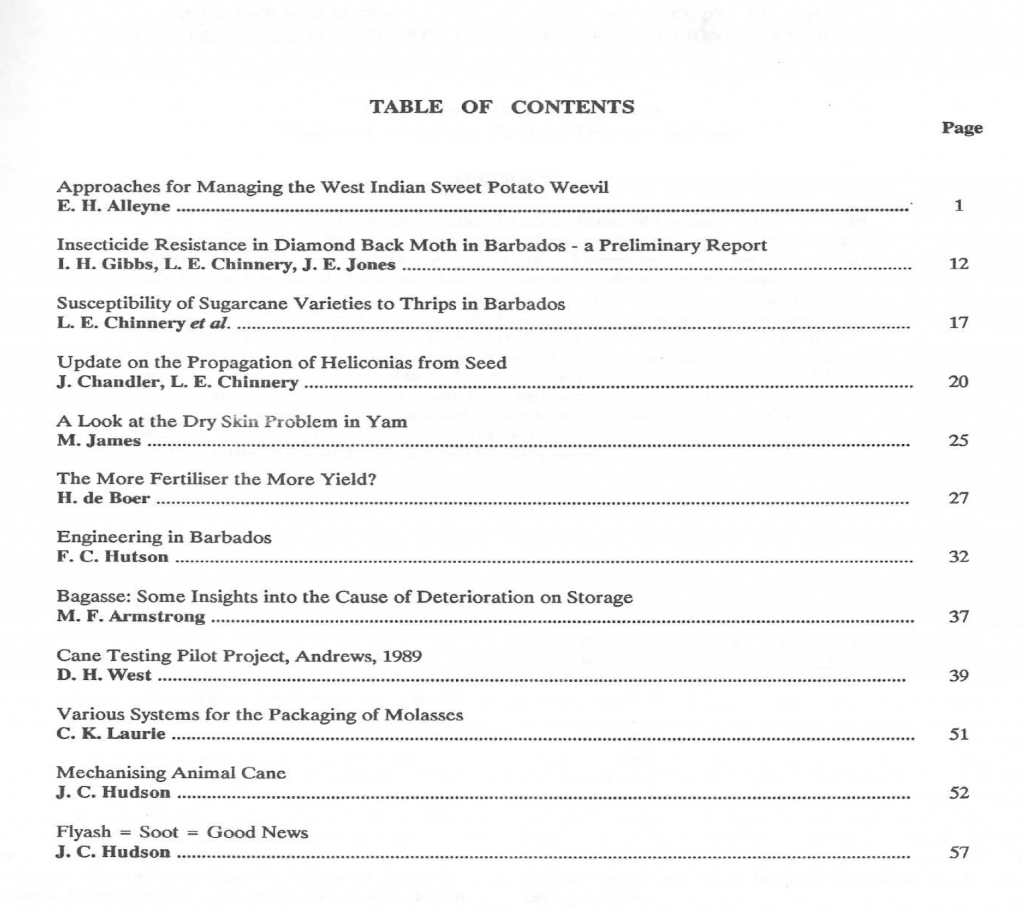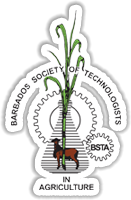The President, Council and Membership of the Barbados Society of Technologist in Agriculture extends our profound condolences to the family and friends of the Dr. Frances Louise Chandler OBE, CBE.
Francis was a determined and powerful advocate for local agriculture, the BSTA was honoured by her continued support over many years. She is irreplaceable and will be greatly missed.
A few thoughts and reflections from the membership of the BSTA.
A limb has fallen from our professional tree.
For what it is worth?
An immeasurable, irreplaceable wealth of knowledge, strength, courage and tenacity to keep agriculture in the forefront of our national development.
I keep hearing a voice that says:
“Grieve not for me.
Remember all the standards and policies which I sought for so long.
All the work to this end, that I did when I was strong.
Continue my heritage, I’m counting on you.
Keep working with faith until the sun shines through.
Continue the traditions, no matter how small.
Get on with your objectives, don’t worry about falls”.
Frances was a source of inspiration and encouragement that I will sorely miss. My condolences to her family and friends.
Sandra Bellamy
Sad news, reflective of today.
I met Frances many years ago, in a field near the Home Plantation – she was conducting in-field research as a CARDI scientist. Her passion, enthusiasm and intellect were immediate, and had a lasting impression on me. She shared without reserve. At that time I was responsible for selling agricultural chemicals etc with Plantations Ltd.
Condolences to her family, friends and colleagues
Adrian R. Kirton
I was on my way to Agrofest when I got the email.
My immediate thoughts were a true “patriot” of the agricultural industry is gone.
I had many interactions with Dr. Chandler. She was a part-time tutor in our agriculture programme at BCC. After leaving us she handed me volumes of materials and textbooks. And I could always refer to her for advice.
There were also those times at ACTCO as well as at the then BADC.
She will be missed.
To her family, my sincere condolence and may she rest in eternal peace.
Marcia Marville
It is a very sad day to hear Francis is no more with us as I have been
travelling in India. I knew her as a special kind of scientist who can
combine her deep knowledge of Barbados agriculture through her
advanced training in research and learnings in the field to help the
farmers who are in a great need for such information. A true patriot
who is always ready to share her knowledge. BSTA lost a resourceful
and devoted member.
My sincere condolence to her family
Seshagiri Rao
Hearing this news really saddened me. If you know me, you would know that I adored Dr. Chandler. I met her in 2011 and even with knowing very little about me, she sought to propel me forward wherever she could, almost like my agricultural fairy God-mother. I will truly miss her guidance, biting wit and her tenacity. Her contribution to my personal and professional development will never be forgotten. She’s finally pain free. May she rest in peace.
Jacklyn Broomes
Agriculture has lost a champion. Hopefully Frances has inspired enough of us to ensure her fight is continued. Condolences to family & friends.
RIP Frances. Rest assured you did your part & more.
Richard Armstrong
I remember first meeting Francis at a meeting of the BSTA, I had the distinct impression of frankness, unvarnished honesty and a piercing, slightly discomforting, gaze that seemed to be quietly assessing me. It became clear over time how deeply passionate Francis was about agriculture her willingness to call a spade a spade and speak truth to power. Her wisdom and knowledge will be sorely missed in the agricultural sector and her absence will be felt more widely as a strong voice in sphere of public discourse goes silent. Rest in Peace Dr. Chandler you will be missed.
Andrew Stoute

